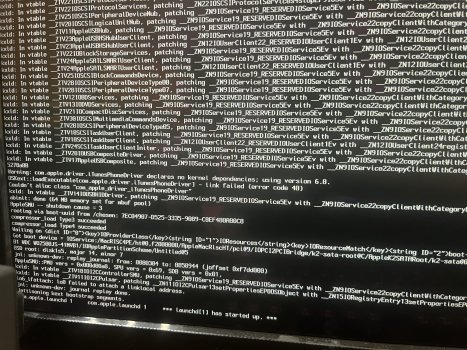Right. There is an issue with this build insofar as it doesn’t seem to work on machines that it should. I now realise this because, after attempting to image the recently downloaded copy to the PowerBook I was using previously, the system decided to hang at the exact same point during boot. It then occurred to me to try and boot it on another machine, and as I have the image on an external firewire drive, I reached for my primary PowerBook, plugged-in the drive and miraculously it booted into the OS X 10.6 build 10A222 welcome screen.
Following this finding my question to both
@barracuda156 and
@educovas is simply the following; which model of PowerBook G4 can you personally verify the system is bootable on and or created on? The reason I ask is because it now seems to be the case that it has been inadvertently modified to run only on specific hardware.
I want to play devils advocate here because I’m sensing some unintentional and unnecessary tension on the thread. I also completely emphatically understand
@educovas and
@barracuda156 points here, i have on multiple occasions changed and modified so much of the builds on my test systems that it would be impossible for me to recall and recount, having not recorded detailed notes during the investigative modification process.
Having said that, I will echo what I feel is the intended sentiment of
@B S Magnet, which i share, which i will frame as the following questions for
@educovas:
1) How was the .dmg created, on what system and using which utility?
2) What has been your testing methodology in your journey from non-bootable 10A222 to the disk image that you’ve generously shared?
3) What is your technical background and experience, as you have stated that you were able to create a kext and were aware of and made use of a ‘stubber tool’ unknown to many of us here on this thread?
4) What guided your decisions when it came to which components from which build of OS X were required to be transplanted into 10A222 in order for it to be bootable or has this just been a lengthy trial and error endeavour?
5) What have you learned from creating this bootable 10A222 image that could inform others to continue to improve this build and/or pave the way to booting later builds?




